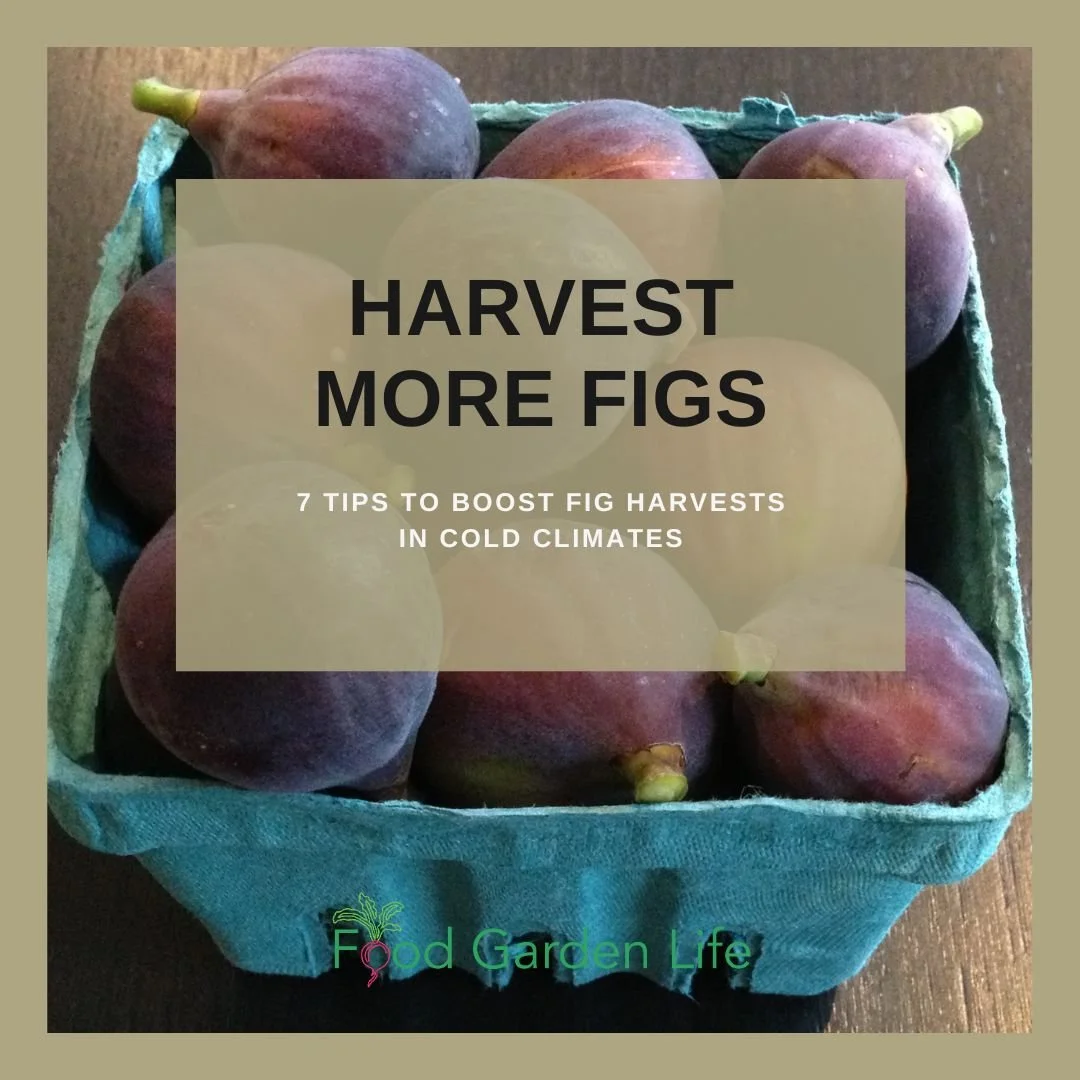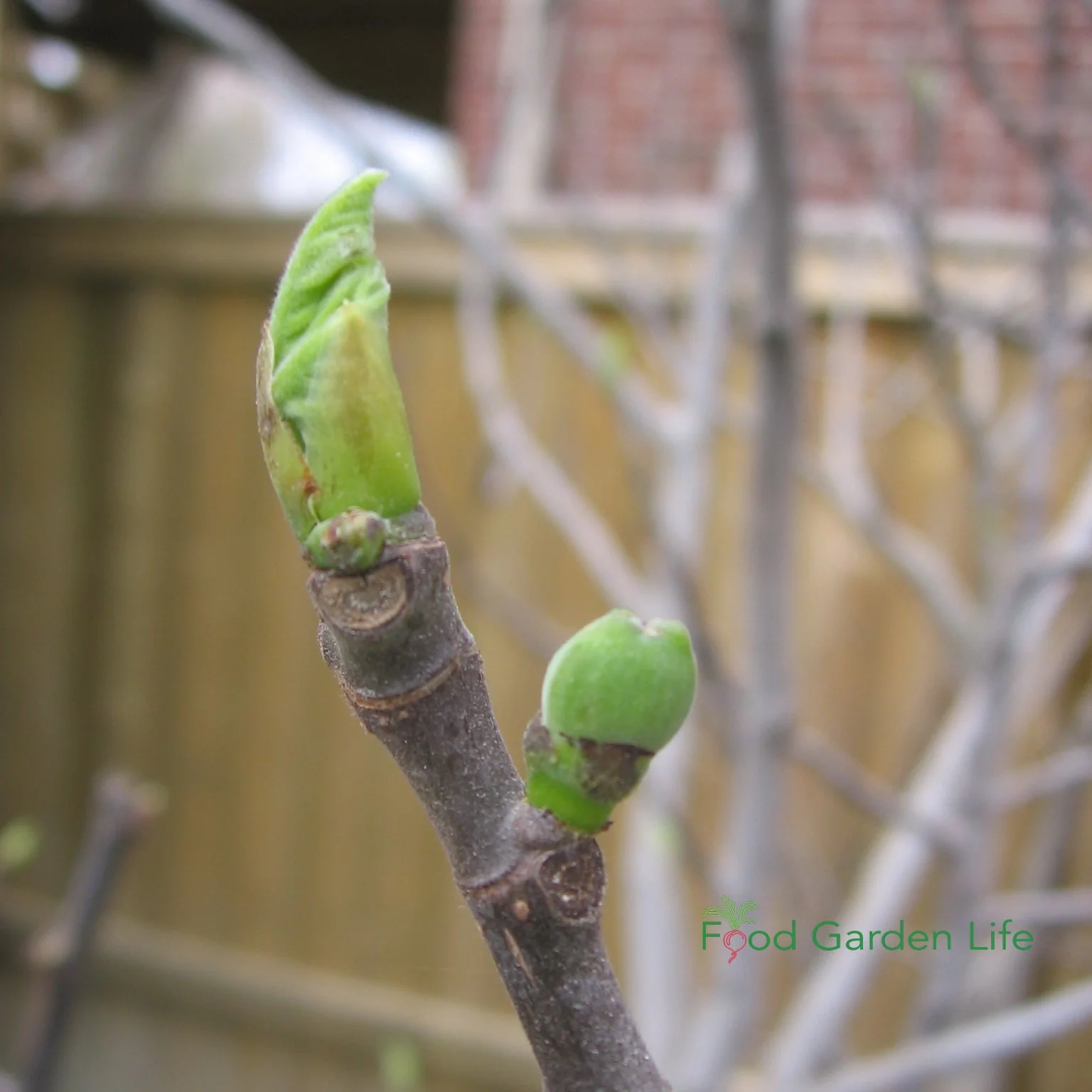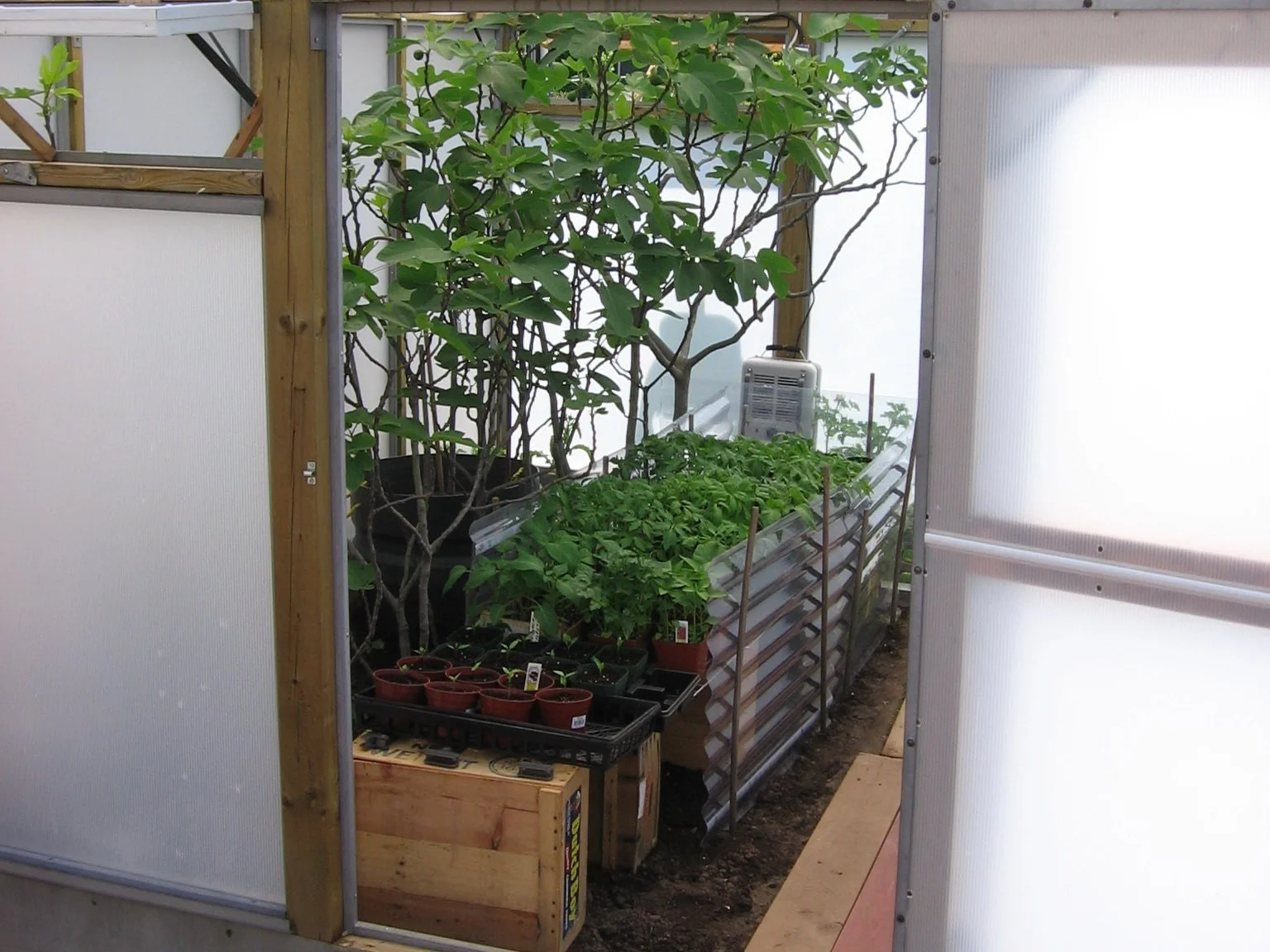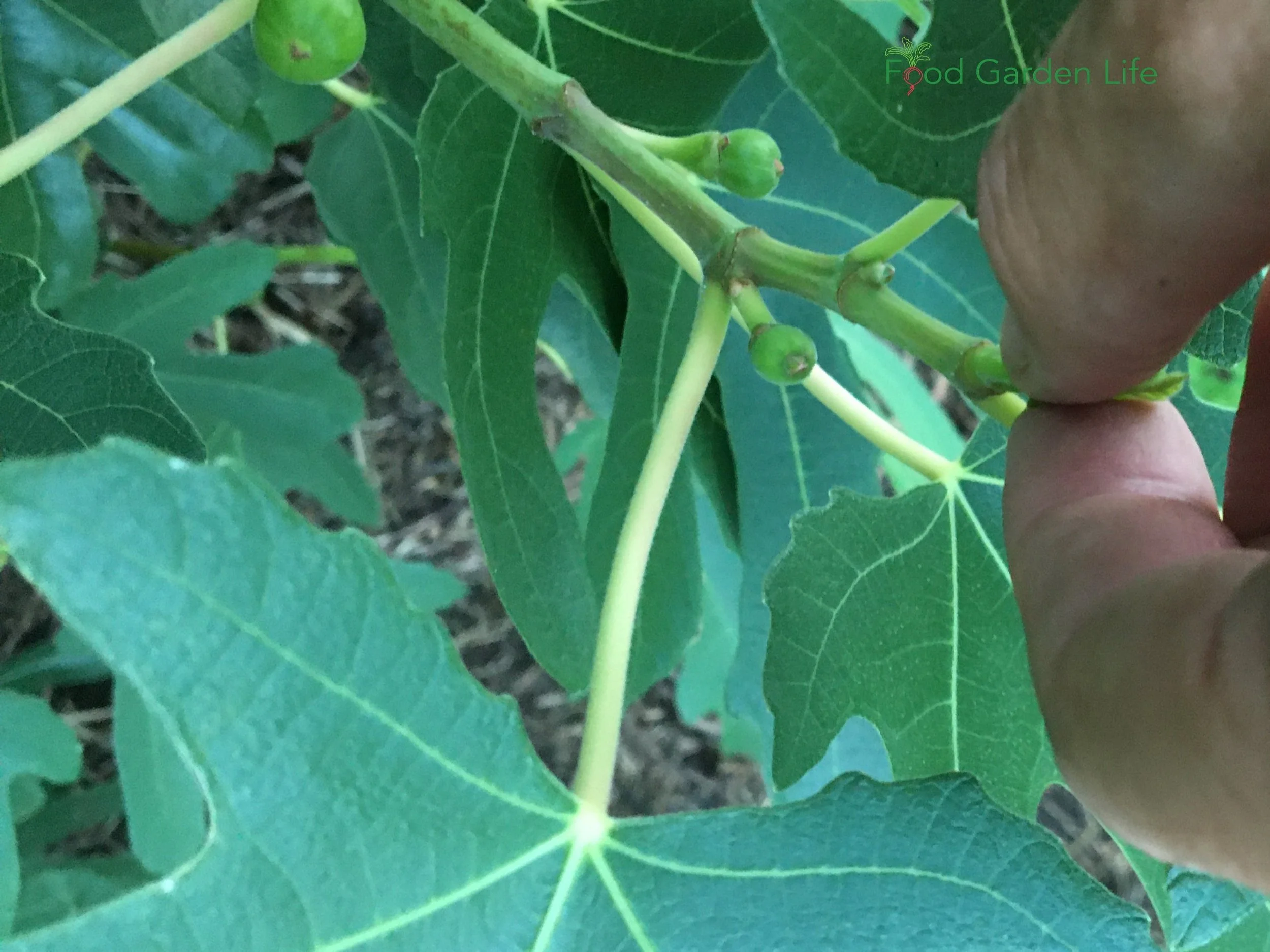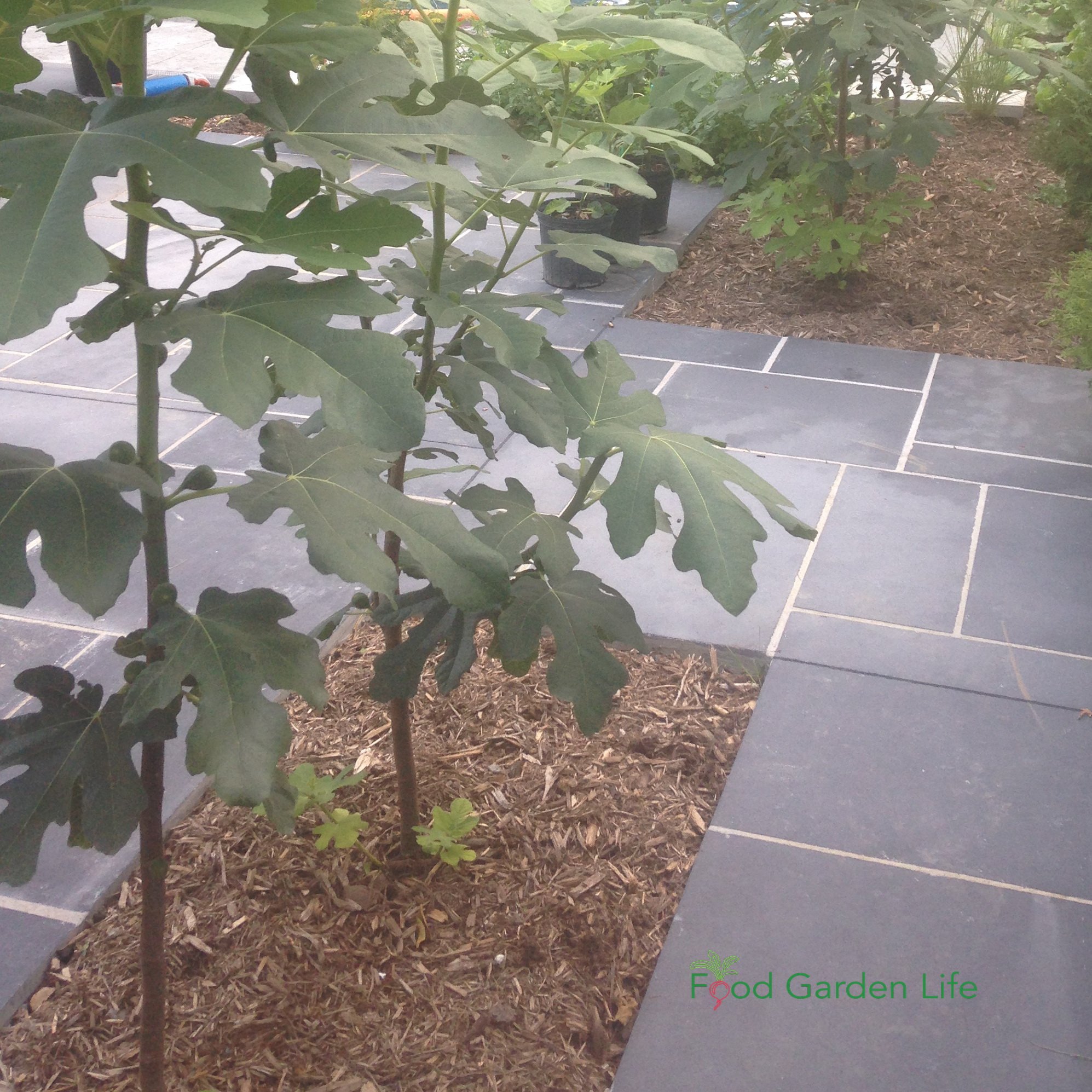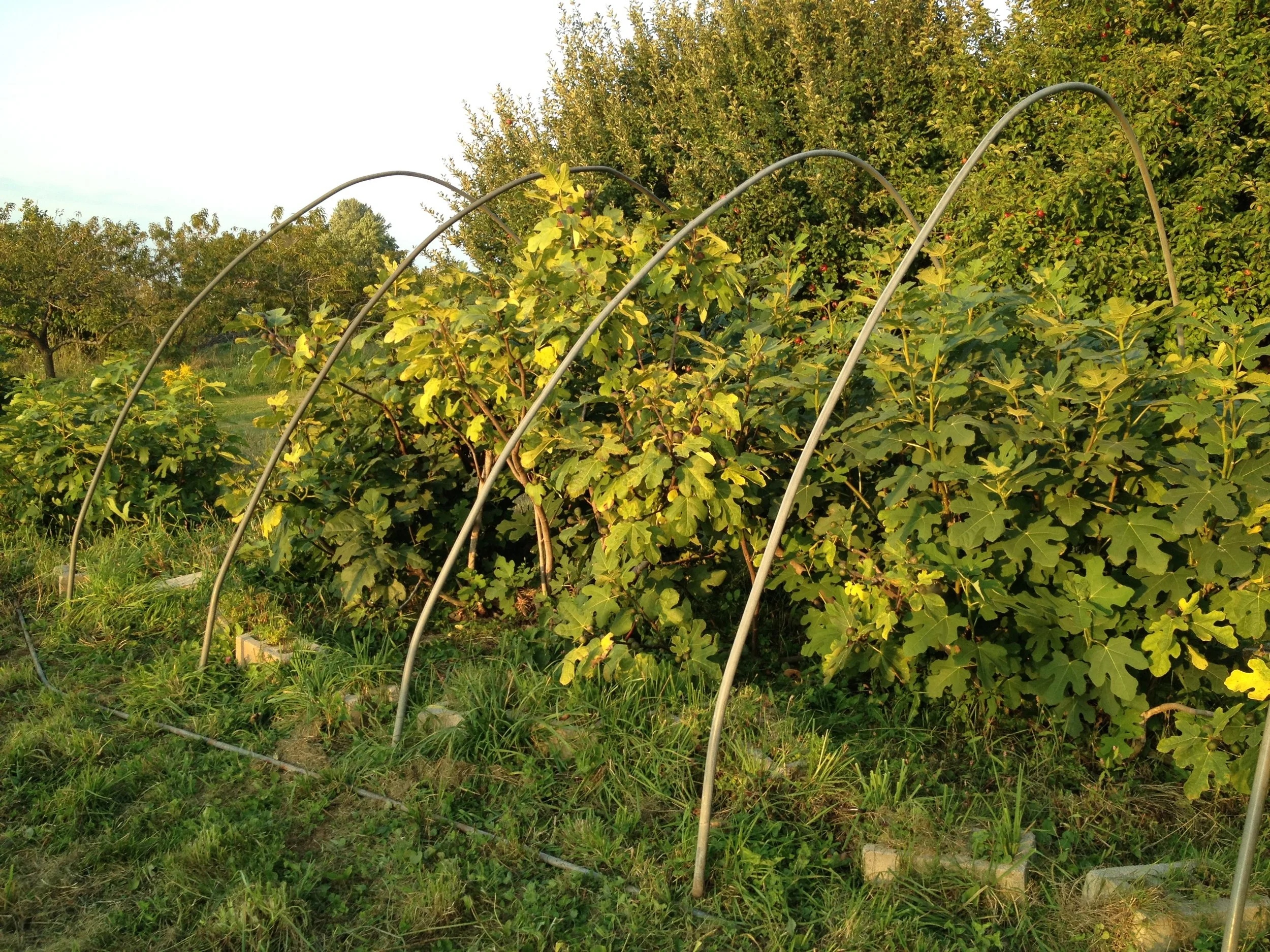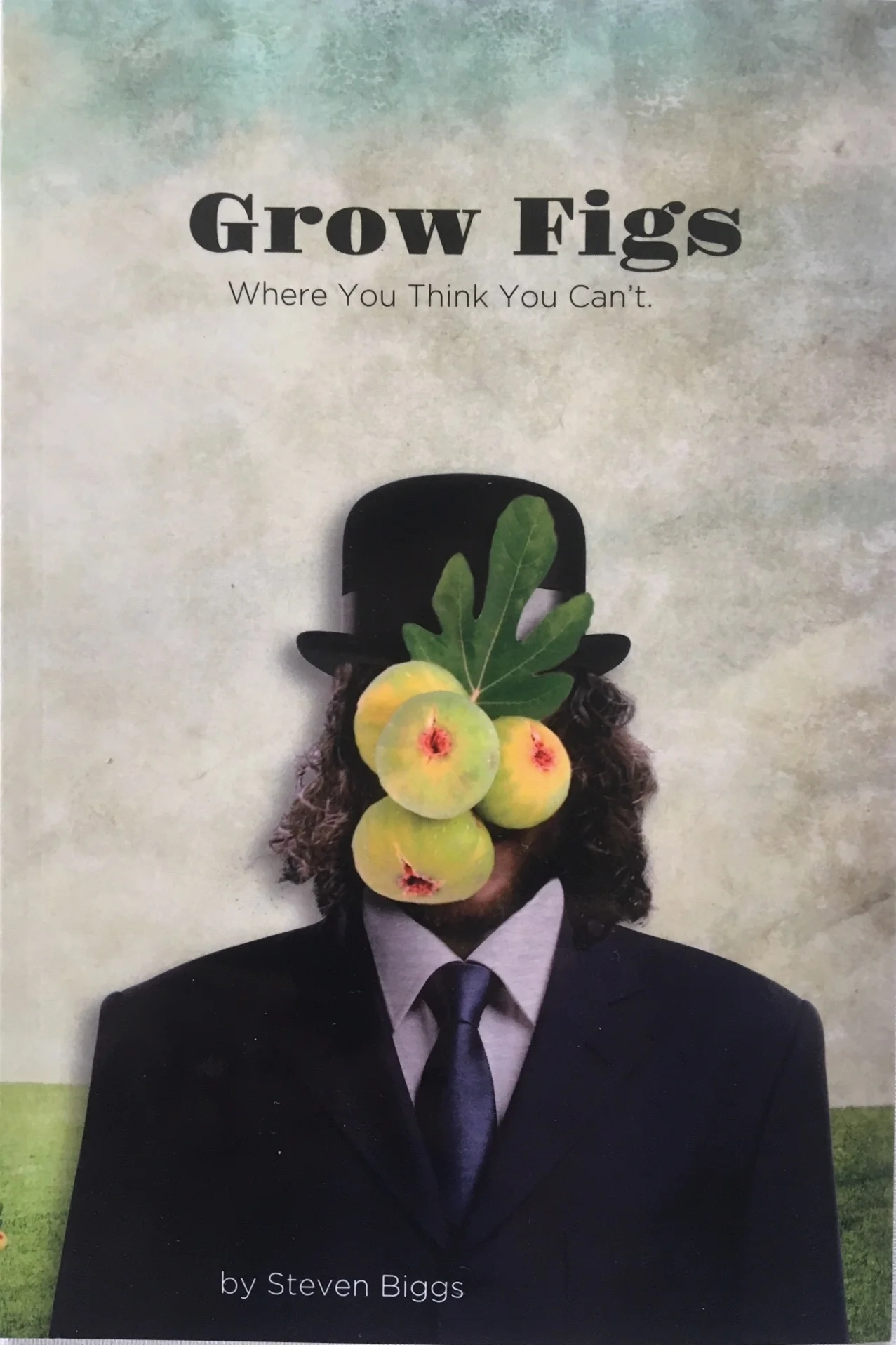Ripen Figs! 7 Tips to Boost Fig Tree Harvests in Cold Climates
By Steven Biggs
Harvest Figs Earlier and get More Figs with these Tips
Ripen figs faster so you don't have lots of unripe fruit in the fall. Learn how to help figs ripen.
Not getting as many figs as you hoped for? Or stuck with too many unripe figs?
Fig tree cold-hardiness is only one part of getting a good fig harvest in colder climates.
If you want more ripe figs, here are other things to look at:
Grow early-ripening fig varieties
Prune your fig tree to get more figs
Wake up your fig tree early enough
Know when to pinch branches in the summer
Choosing the best spot for your fig tree
Extend your fall fig harvest
Keep reading if you want tips to get more figs and speed up the ripening process. Then you can harvest more ripe figs. Even if you're gardening where fig-growing is borderline—or where fig trees are not hardy and need winter protection.
7 Tips to Boost Your Cold-Climate Fig Harvest
Grow Cold-Hardy Fig Varieties
Some fig varieties tolerate more cold than others. That means that you’re less likely to have branches die back during cold weather. And a cold-hardy fig variety that loses fewer branches over the winter can grow you more figs!
Cold hardiness is especially helpful when you’re growing figs outdoors, where a plant gets exposed to more extreme temperatures. Having a cold-hardy fig variety becomes less important if you're growing potted figs that are stored somewhere protected.
A well-known hardy fig variety is ‘Chicago Hardy.'
Along with the cold hardiness of a variety, there are other things that affect how much cold a fig tree can withstand. Here's more on fig tree cold hardiness.
Find out some of the top cold-hardy fig varieties for cold climates.
2. Choose Fig Varieties that Ripen Early
A breba fig, growing early in the season on wood from the previous season. Breba figs ripen much earlier than the “main crop” figs that ripen in late summer and fall.
If you're in a colder climate, chances are that the limiting factor to fig ripening is the season length. There's never enough time for figs to ripen...never enough ripe fruit.
So pick a fig variety that ripens early.
Here are 2 types of figs to consider as you look for early-ripening fig varieties:
Breba Figs
If you're in a cold climate, make sure you have a fig variety that produces “breba” figs – the figs that form mid-summer on growth from the previous season. (Some people call the breba crop the "first-crop figs" or "early crop.")
They're the earliest. Period.
Find out some of the top breba fig varieties for cold climates.
Early-Ripening Main Crop Figs
Look for fig varieties with a main crop that ripens early.
The “main crop” figs are the figs that form on wood from the current season.
My favourite main-crop fig variety is ‘Ronde de Bordeaux.’ There are many other early main-crop fig varieties. Find out some of the top early-ripening fig varieties for cold climates.
3. Grow a Fig Bush
A well-branched bush has more branches than a tree.
And more branches means more figs.
Plus, if you're in a cold climate, more branches is like having fig insurance…so if some die off over the winter, you're more likely to have a few left to give you figs.
Besides, what are you going to do with a huge fig tree over the winter? A compact fig bush is easier to protect, whether you're wrapping it or tipping it over to cover.
Here's more information about what to do with fig trees over the winter in cooler climates.
Growing figs in a cooler climate?
Find out how to choose fig varieties, give your fig tree the care it needs, the best winter protection, and how to ripen figs earlier in the fig masterclass.
Growing fig trees in a greenhouse. These fig trees are waking up early. They're getting an early start with tomato seedlings.
4. Wake Up Fig Trees Early
Because season length is a limiting factor to fruit ripening, waking up fig trees early in the spring can give you more ripe figs in the fall. You're just giving them a longer growing season and more time to ripen figs.
The challenge for a lot of cold-climate fig growers in the spring is finding a spot that's protected. You need a protected spot to guard against cold winds and frost because once your fig trees come out of dormancy, the new tender growth is easily damaged.
One solutions is to create a temporary shelter for an early wake-up. Like a hoop house or lean-to covered with clear plastic. Or maybe you have a sun room or some sort of protected space.
Or, if you are growing potted figs, bring them outside on warm days to help them wake up. But put them back into a protected spot when it gets cold. (I call this the springtime “fig shuffle.”)
5. Pinch Fig Shoot Tips
Pinch fig shoot tips after 4 or 5 main-crop figs have formed.
The new branches on your fig tree keep getting longer all summer, with more and more little main-crop figs forming. But, realistically, only the first few main-crop figs will ripen in a cold climate.
So after 4 or 5 little main-crop figs are growing on a branch, pinch the shoot tip to slow down branch growth. Otherwise, when fall arrives, you'll have long branches full of unripe figs.
This pinching favours the development of those 4 or 5 fruit.
6. Turn up the Heat to Ripen Faster
Ripen figs faster! Paving materials take up heat by day and release it as temperatures cool in the evening, giving extra heat for the ripening process.
Choose a warm location. More heat means more figs ripening in your short season.
If you're growing potted figs, place them somewhere warm:
On a dark-coloured driveway or patio
Next to a brick wall or stone wall that captures and releases heat from sunlight
When planting fig trees in the ground, look for somewhere warm:
A south-facing exposure next to a stone wall
Next to a sunny driveway
You can also provide more heat to ripen figs with a simple structure such as a greenhouse with no walls. (Here's how one fig grower in the cool-summered Pacific Northwest boosts summer heat to ripen main-crop figs.)
Here's an innovative way to ripen figs in the Pacific Northwest, where summers are cool: A greenhouse that has no walls. This greenhouse is not for winter protection—just to pump up the temperature in the summer to help ripen main-crop figs.
7. Extend the Fall Fig-Ripening Window
Here's what my friend Joe does to ripen figs in the fall: As cool weather arrives, he covers the hoops with clear plastic to extend the fig harvest for a few weeks. Ripe figs keep coming!
If you want more ripe figs before your fig trees go dormant for the winter, delay dormancy to keep the ripening process going. Fig season doesn't have to end with the first fall frost.
You can delay dormancy by keeping your fig plants warm during cold spells. Cover in-ground fig plants with a temporary structure, or move potted plants into a protected location.
A hoop house is a low-tech temporary structure. I’ve also seen people make a temporary lean-to against a building, covered with clear plastic.
FAQ: Ripe Figs
I've heard that some fig growers put a drop of olive oil over the "eye" of the fig to speed up the ripening time. Is that true?
Pin this post about how to ripen figs!
Yes. Putting a drop of olive oil over the eye of fully sized unripe figs is a traditional method to speed up the ripening process.
I don't use olive oil. Simply too many other things to do in the garden. But the idea has merit because putting olive oil over the eye of the fig fruit helps to hold in ethylene gas, which is involved in the ripening process.
How can you determine fig ripeness?
Good question. Try to harvest at peak ripeness, because once picked, an unripe fig won't ripen any further. If you pick a fig and see white, milky sap, it’s not fully ripe.
A fully ripe fig is slightly soft. If you gently press on it, it might retain your fingerprint.
The neck of ripe figs bends, so the ripe fruit hangs downwards.
Ripe figs sometimes, but not always, have a drop of liquid coming out of the eye of the fruit.
What can I do with unripe figs?
There are a number of ways of preserving figs, including unripe figs. If you still have green figs and there's a frost warning, pick figs.
Here are ideas for preserving figs. (And for using fig leaves, fig sap, and fig wood to create delicious fig recipes!)
Videos to Help You Ripen More Figs
Here's a video that tackles what to do about unripe figs.
Here's a video with more tips about waking up your fig trees early, so that you're not stuck with lots of unripe fruit at the end of the season.
Find This Helpful?
Enjoy not being bombarded by annoying ads?
Appreciate the absence of junky affiliate links for products you don’t need?
It’s because we’re reader supported.
If we’ve helped in your food-gardening journey, we’re glad of support. You can high-five us below. Any amount welcome!
More Information About Growing Figs
Want to know how to use green figs that don't ripen in the fall? Wondering if the Chicago Hardy fig is a good choice?
Check out the library of posts about growing fig trees in cooler climates. Find out what other fig growers do, get ideas for winter protection, and get creative ideas to help you grow lots of your own fresh figs.
Not sure where to start? Check out with these posts:
Books About Growing Figs in Cold Climates
Growing figs in a cooler climate? These books focus on how to grow figs where they won't normally survive the winter. Learn how to conquer winter and harvest figs!
Fig Books
Fig Audiobook
Fig Masterclass
Growing Figs Where They’re Not Winter Hardy?
Find out how to choose fig varieties, give your fig tree the care it needs, the best winter protection, and how to ripen figs earlier in the fig masterclass.
Olives: Another Exotic Crop for Cold Climates
About the Author – Steven Biggs
Fig Home Page Articles Courses Free Fig Guide Donate

